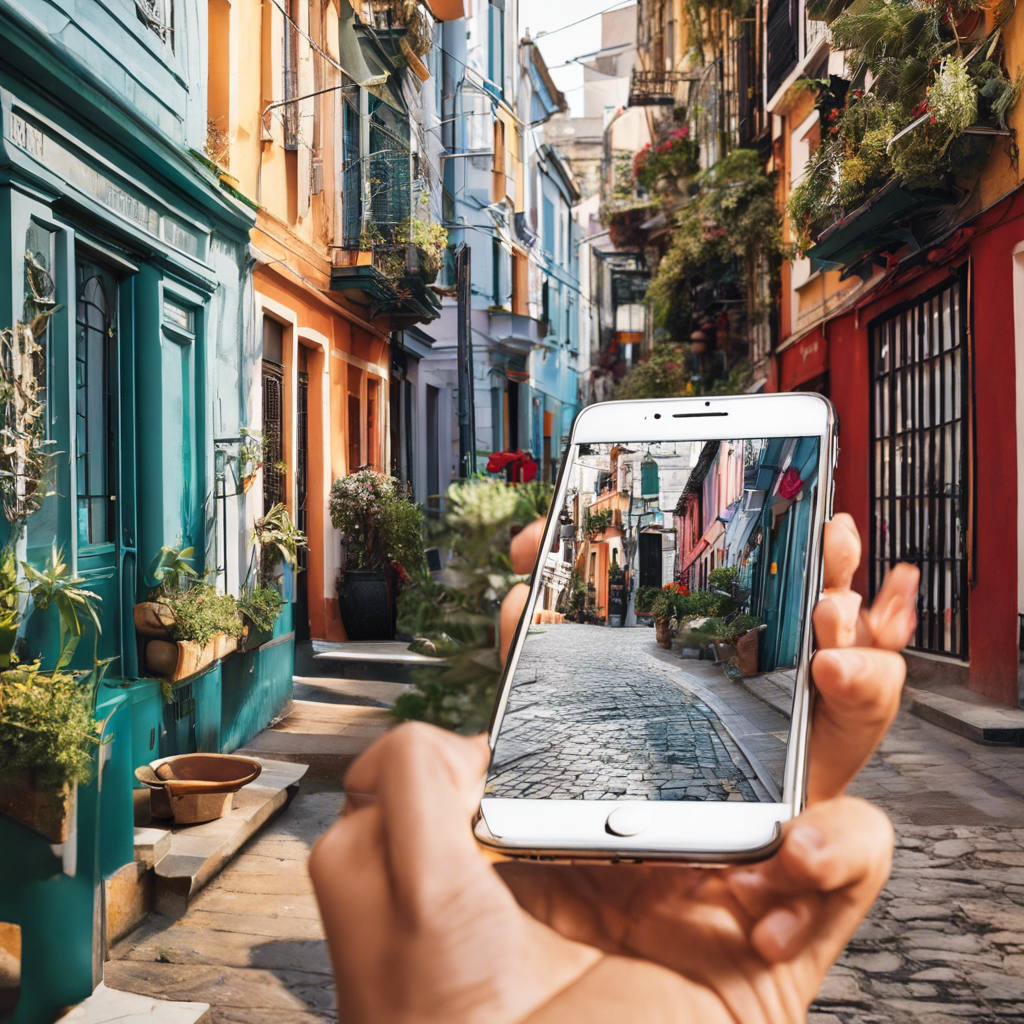Smartphone cameras have become an essential feature for many users, often being the primary tool for capturing daily moments and memories. With so many options available, choosing the right smartphone camera can be a daunting task. Whether you’re an amateur photographer or a pro, this expert guide will help you navigate the key considerations to make your smartphone camera selection process a breeze.
Understanding Camera Specifications:
When it comes to smartphone cameras, specifications matter. The primary camera specifications to look out for are the sensor size, aperture, and lens type. A larger sensor size, often measured in inches or 1/x inches, captures more light, resulting in better low-light performance and improved image quality. Aperture, represented as f-numbers like f/1.8 or f/2.4, determines the amount of light that passes through the lens. A lower f-number means a wider aperture, allowing more light for brighter images, especially in dimly lit environments. Lastly, lens types vary, with wide-angle, ultra-wide, telephoto, and macro lenses offering different fields of view and shooting capabilities.
Megapixels: More isn’t Always Better
Contrary to popular belief, the number of megapixels (MP) isn’t the be-all and end-all of camera quality. While it determines the size of the image and the amount of detail it can capture, it’s just one piece of the puzzle. Today, most smartphones offer 12MP or higher resolution, which is more than sufficient for everyday photography and even large-format printing. Instead of focusing solely on megapixels, consider other factors like sensor size, image processing algorithms, and lens quality, as these play a significant role in overall image quality.
Optical Image Stabilization (OIS): Essential for Steady Shots
OIS is a vital feature, especially if you’re shooting videos or capturing photos in low-light conditions. This technology physically stabilizes the camera lens to counteract hand movements, resulting in sharper photos and smoother videos. OIS is particularly useful when using telephoto lenses or shooting in challenging lighting conditions, reducing the likelihood of blurry images.
Software and Processing Power: Enhancing Your Photography Experience
The camera app and image processing capabilities are just as important as the hardware. Look for smartphones with intuitive camera interfaces that offer quick access to various shooting modes and settings. Advanced features like manual controls, RAW image capture, and AI-assisted scene optimization can elevate your photography skills. Additionally, powerful processors and dedicated AI chips enable faster image processing, improved HDR, and better low-light performance.
Versatility: Multiple Lenses for Creative Freedom
Smartphones with multiple rear cameras offer greater versatility and creativity. A combination of wide-angle, ultra-wide, and telephoto lenses allows you to capture different perspectives and subjects. Wide-angle lenses are great for landscapes and group photos, while telephoto lenses excel in portraiture and distant subjects. Ultra-wide lenses provide unique, artistic perspectives and are ideal for architecture and indoor photography. Some smartphones also offer periscope lenses for super-zoom capabilities, macro lenses for extreme close-ups, or even dedicated monochrome lenses for stunning black and white photography.
Video Recording Capabilities: Cinematic Experience Matters
For those who enjoy videography, choosing a smartphone with excellent video recording capabilities is essential. Look for devices that offer high-resolution recording, such as 4K or even 8K, at various frame rates. Slow-motion and time-lapse video recording options can add creativity to your content. Stabilization technologies like OIS and electronic image stabilization (EIS) ensure smooth footage, while features like HDR video and log recording provide greater dynamic range and enhanced color grading possibilities.
Front-Facing Cameras: Elevate Your Selfie Game
Front-facing cameras are essential for high-quality selfies and video calls. Look for higher megapixel counts, wide-angle lenses, and features like portrait mode for bokeh effects. Some smartphones offer advanced selfie features like AI-assisted beautification, face tracking, and even 4K video recording for vloggers.
In conclusion, choosing the right smartphone camera involves considering various factors like sensor size, aperture, lens types, software capabilities, and creative features. Understanding your photography needs and preferences will help you make an informed decision. Remember, a smartphone camera is a powerful tool that can capture your memories and unleash your creative potential, so choose wisely, and happy shooting!
